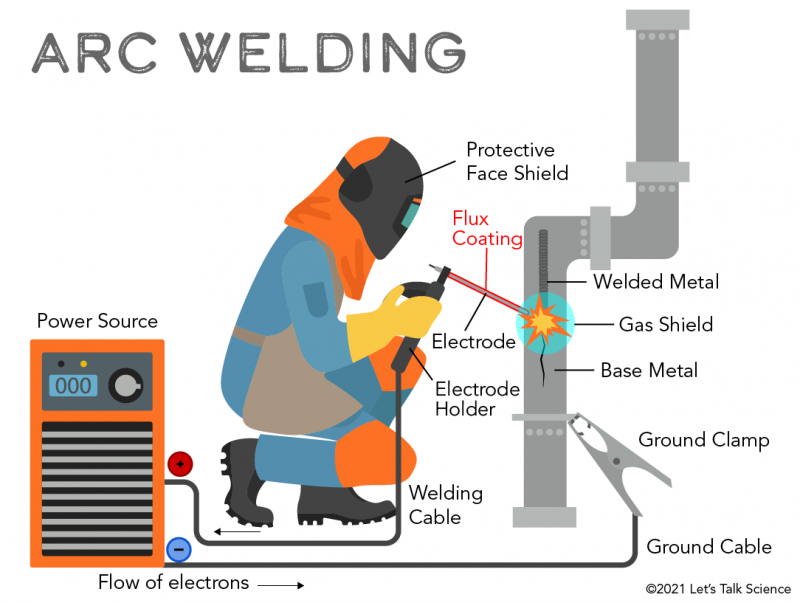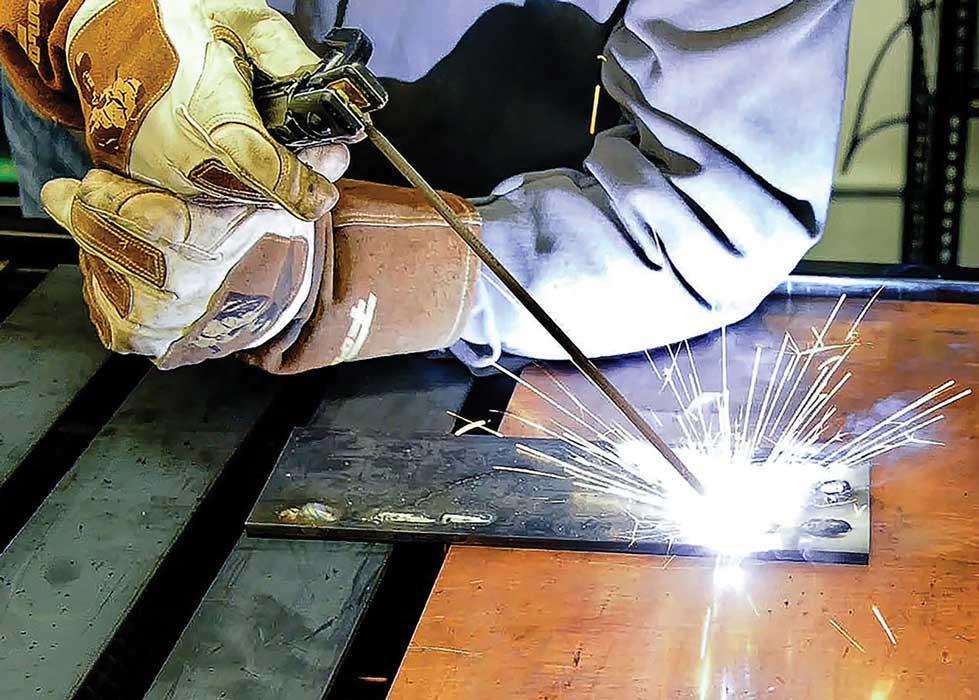Unlocking the Power of Welding WPS: Approaches for Performance and Safety in Manufacture
In the realm of fabrication, Welding Procedure Requirements (WPS) stand as the foundation of welding operations, dictating the needed actions for attaining both efficiency and security in the manufacture process. Comprehending the details of WPS is critical to using its complete possibility, yet numerous organizations have a hard time to open the true power that exists within these documents (welding WPS). By diving right into the methods that maximize welding WPS, a globe of boosted performance and enhanced security awaits those willing to explore the nuances of this vital aspect of construction

Relevance of Welding WPS
The relevance of Welding Treatment Specifications (WPS) in the fabrication sector can not be overemphasized. WPS function as an important roadmap that outlines the necessary actions to make certain welds are executed regularly and correctly. By specifying important parameters such as welding procedures, products, joint layouts, preheat temperature levels, interpass temperature levels, filler steels, and post-weld heat treatment requirements, WPS supply a standard approach to welding that improves performance, high quality, and safety and security in fabrication processes.
Adherence to WPS assists in accomplishing uniformity in weld quality, lowering the likelihood of problems or architectural failings. This standardization additionally assists in compliance with industry policies and codes, ensuring that produced frameworks fulfill the required security requirements. Additionally, WPS documentation makes it possible for welders to duplicate successful welding procedures, causing regular outcomes across different jobs.
In essence, the careful growth and stringent adherence to Welding Procedure Specifications are extremely important for upholding the integrity of welded frameworks, safeguarding against prospective risks, and upholding the reputation of manufacture firms for delivering top quality services and products.
Trick Components of Welding WPS

Enhancing Performance With WPS
When enhancing welding operations, leveraging the key aspects laid out in Welding Treatment Requirements (WPS) ends up being essential for enhancing processes and maximizing performance. One method to enhance efficiency with WPS is by very carefully choosing the appropriate welding parameters. By sticking to the specific standards provided in the WPS, welders can make sure that the welding equipment is set up appropriately, resulting in top notch and consistent welds. Furthermore, adhering to the pre-approved welding sequences outlined in the WPS can significantly reduce the time invested in each weld, inevitably raising general efficiency.
Additionally, appropriate training and qualification of welders in understanding and executing WPS can further improve performance. Guaranteeing that all staff member are fluent in interpreting and executing the WPS precisely can reduce errors and rework, saving both time and sources. Routinely assessing and updating the WPS to integrate any lessons found out or technical improvements can additionally add to performance enhancements in welding operations. By see post embracing the guidelines stated in the WPS and continuously looking for ways to enhance processes, producers can achieve higher effectiveness degrees and remarkable outcome.
Ensuring Security in Manufacture

Safety and security methods in manufacture play a pivotal duty in protecting workers and maximizing functional procedures. Making sure security in manufacture includes a complex strategy that encompasses various aspects of the welding process. One fundamental element is the stipulation of individual protective tools (PPE) customized to the specific hazards present in the fabrication setting. Welders should be outfitted with proper equipment such as headgears, handwear covers, and protective clothing to alleviate risks connected with welding activities.
Moreover, adherence to proper ventilation and fume removal systems is essential in keeping a healthy workplace. Welding fumes contain damaging compounds that, if breathed in, can present significant health and wellness threats. Executing reliable ventilation measures assists to minimize direct exposure to these dangerous fumes, promoting breathing health amongst workers.
Routine tools maintenance and inspections are additionally vital for making sure security in fabrication. Defective equipment can lead to mishaps and injuries, underscoring the value of routine checks and prompt repairs. By focusing on precaution and cultivating a culture of understanding, manufacture centers can create a safe and efficient work atmosphere for their personnel.
Implementing WPS Finest Practices
To boost operational effectiveness and guarantee quality results in manufacture procedures, including Welding Treatment Requirements (WPS) finest methods is paramount. Selecting the suitable welding process, filler product, and preheat you can find out more temperature defined in the WPS is essential for attaining the preferred weld quality. Guaranteeing that certified welders with the essential accreditations lug out the welding procedures according to the WPS guidelines is vital for consistency and reliability.
Conclusion
In conclusion, welding WPS plays a critical duty in ensuring performance and safety in fabrication procedures. By complying with these strategies, organizations can unlock the full potential of welding WPS in their construction procedures.
In the world of construction, Welding Procedure Specifications (WPS) stand as the backbone of welding procedures, dictating the needed steps for achieving both efficiency and security in the construction procedure. By specifying crucial specifications such as welding procedures, materials, joint styles, preheat temperatures, interpass temperatures, filler metals, and post-weld warmth therapy needs, WPS provide a standard method to welding that enhances effectiveness, top quality, and safety and security in construction why not look here procedures.

When optimizing welding operations, leveraging the essential aspects laid out in Welding Procedure Specs (WPS) comes to be important for taking full advantage of and enhancing processes efficiency. (welding WPS)